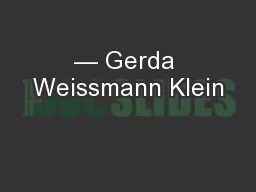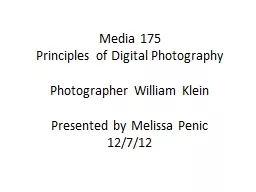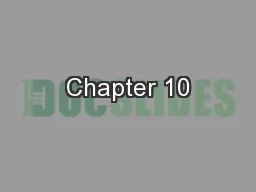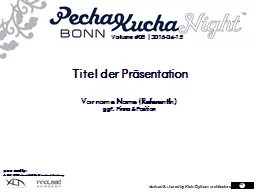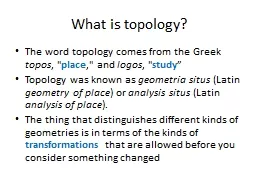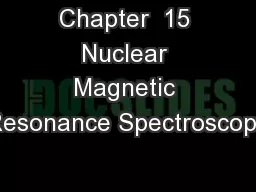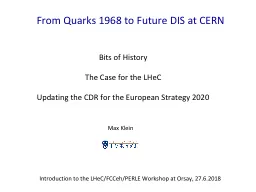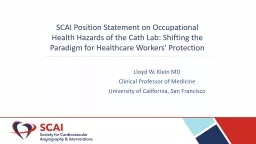PPT-— Gerda Weissmann Klein
Author : test | Published Date : 2018-10-06
Timeline Layer Gerda Weissmann was born in Bielitz Poland see star on the map a town right on the border US Holocaust Memorial Museum May 8 1924 Germans invade
Presentation Embed Code
Download Presentation
Download Presentation The PPT/PDF document "— Gerda Weissmann Klein" is the property of its rightful owner. Permission is granted to download and print the materials on this website for personal, non-commercial use only, and to display it on your personal computer provided you do not modify the materials and that you retain all copyright notices contained in the materials. By downloading content from our website, you accept the terms of this agreement.
— Gerda Weissmann Klein: Transcript
Download Rules Of Document
"— Gerda Weissmann Klein"The content belongs to its owner. You may download and print it for personal use, without modification, and keep all copyright notices. By downloading, you agree to these terms.
Related Documents

